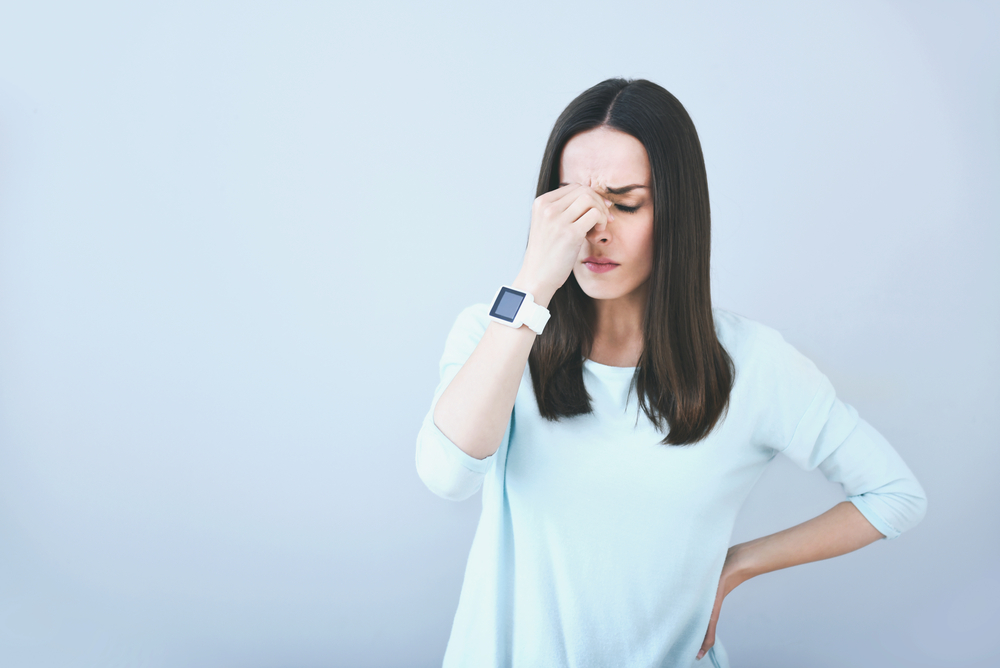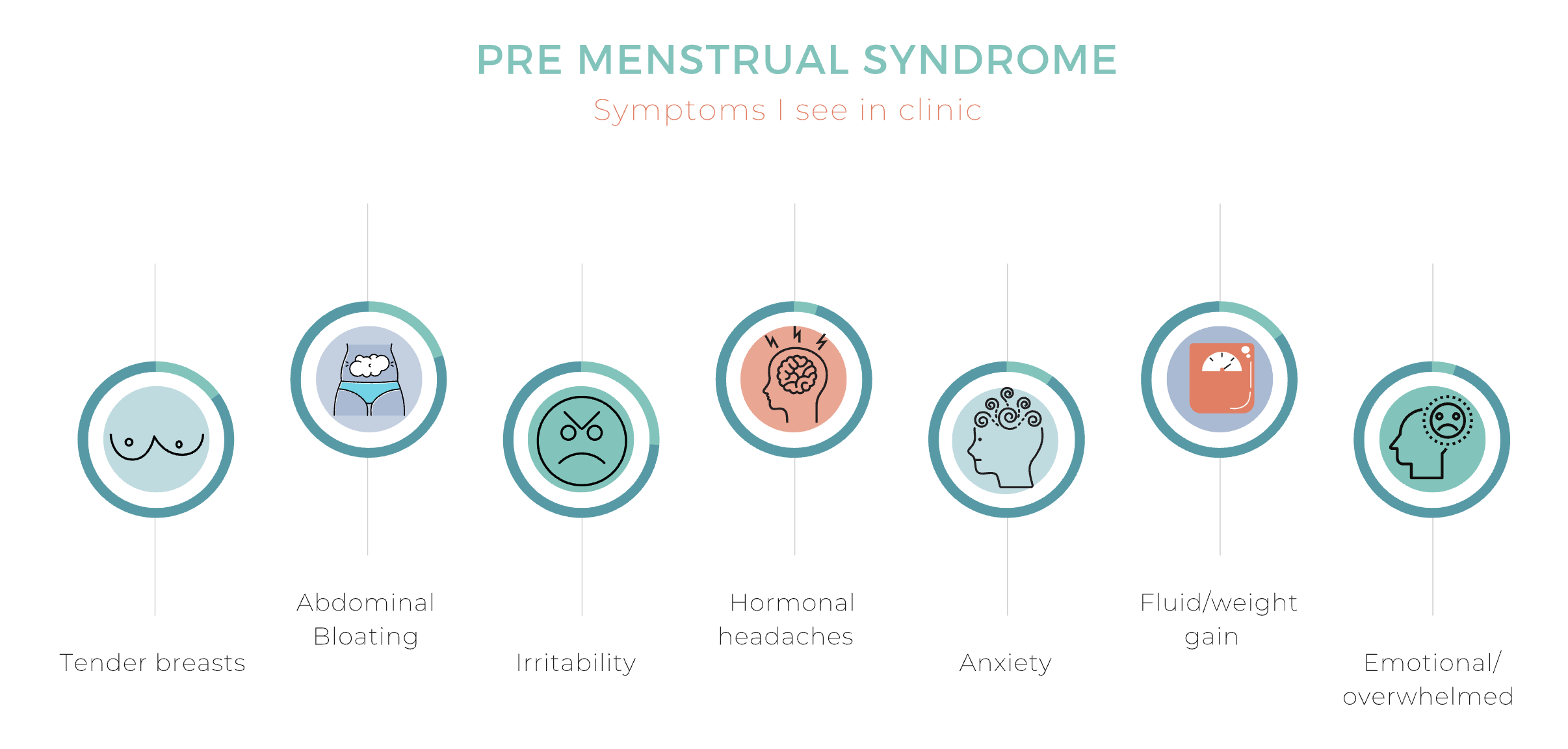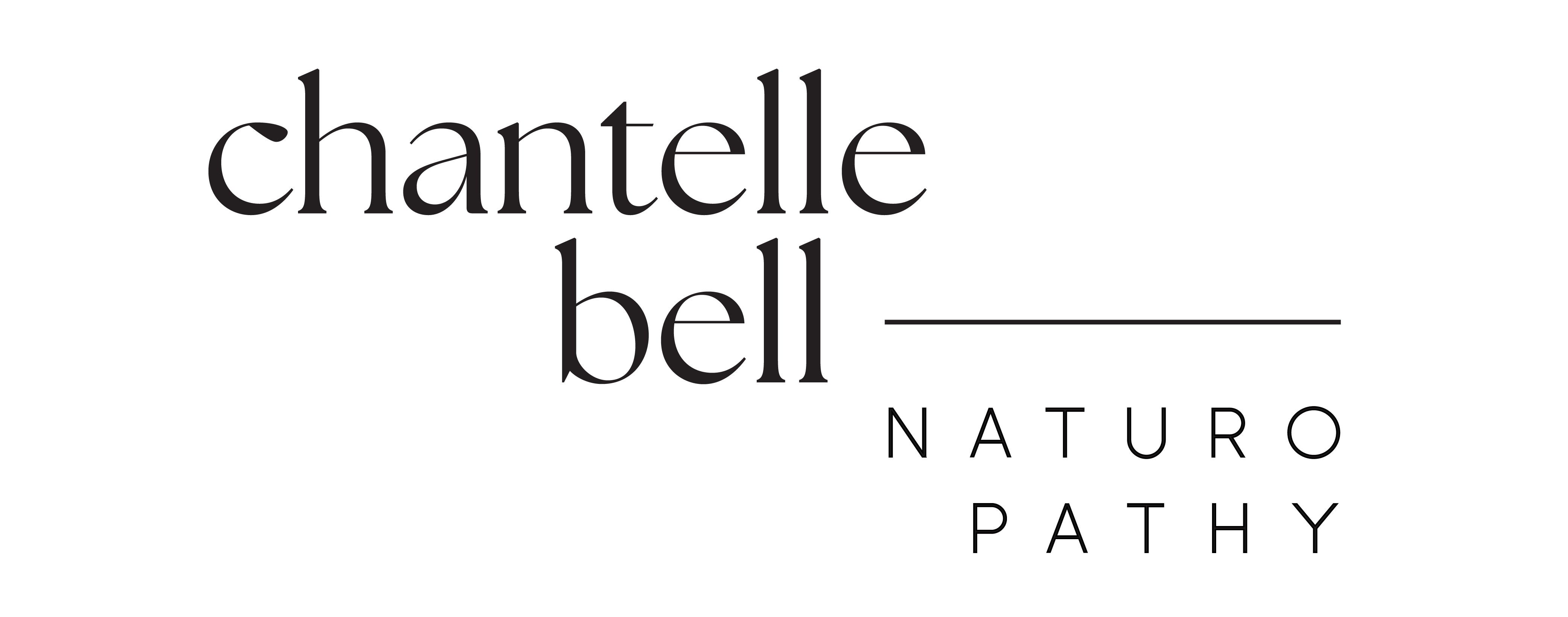
Is It PMS Or PMDD, What’s The Difference?
Premenstrual Syndrome (PMS) is super common. But that doesn’t necessarily mean it’s normal.
Every week I speak with women, possibly just like you, who are so accustomed to dealing with disruptive PMS symptoms that they think it’s a natural and normal part of life.
Gosh, no!
Most women notice at least small changes in their body or emotions in the lead up to their period, with lowered energy levels being one of the most common. However, drastic PMS symptoms that require you to change your routine, or reach for medications to cope, are not normal.
So What's Happening?
Menstruation is a complex hormonal process. The main hormones involved in your menstrual cycle are oestrogen and progesterone (produced by the ovaries), as well as luteinising hormone and follicle stimulating hormone (produced by the pituitary gland).
Oestrogen: Helps regulate your menstrual cycle by controlling the growth of uterine lining and breast changes during the 1st half of your cycle. If the monthly egg released from your ovary isn’t fertilised, oestrogen drops, and your period begins.
Progesterone: Prepares your body for pregnancy, if the egg released from your ovary is fertilised. If the egg isn’t fertilised, the corpus luteum (a mass of cells in your ovary responsible for progesterone during early pregnancy) breaks down, progesterone levels fall, and your menstrual cycle starts again.
Basically, it’s when your oestrogen and/or progesterone levels drastically alter that PMS symptoms develop. Every woman experiences PMS differently though, and it’s likely you fit into one, two or even three of these categories:
Which PMS Do You Have?
 PMS-A (Anxiety)
PMS-A (Anxiety)
Symptoms → Feeling overwhelmed more easily, sensitive to criticism and erratic mood swings, as well as water retention, a short bleed time and painful periods.
PMS-D (Depression)
Symptoms → Low mood that appears each month around your period, but then improves once your bleed begins. A slightly longer menstrual cycle is common.
PMS-H (Hydration)
Symptoms → Significant water retention in the ankles, legs, face and/or hands, breast tenderness and bloating.
PMS-C (Cravings)
Symptoms → Cravings for sweets is most obvious and usually occurs in conjunction with other less noticeable PMS symptoms.
PMS-P (Pain)
Symptoms → Characterised by painful menstrual cramps. There are usually other symptoms too, but pain that disrupts your day and has you reaching for pain relief is the predominant feature.
To understand the real effects of PMS on my clients, I have been keeping a tally of the most common symptoms I see women suffering in my clinic. PMS isn’t just being about ‘moody’, it affects you in many ways.

PMDD = PMS On Steroids
There’s also a severe form of PMS called Premenstrual Dysphoric Disorder (PMDD). Thankfully less common, the debilitating symptoms of PMDD include extreme mood swings that can negatively impact relationships, deep sadness, irritability, anger, as well as PMS symptoms like bloating and breast tenderness.
Women have often described to me as a 'complete personality change' after ovulation. They feel as though they are different person leading up to their period.
While PMS and PMDD can result from stress and other common factors, science has made an interesting connection between poor liver/gut function and excessive levels of estrogen in the blood.
This is because an enzyme called betaglucuronidase is involved with recycling oestrogen in your body, and this process relies on a healthy liver and balanced gut microflora to work properly. There are also other factors that need to be considered here; the amount of fibre in your diet, constipation and water intake.
A Natural Approach
Women have successfully used natural remedies for decades (maybe even centuries) as a way to curb their PMS symptoms. Here are a few you can try yourself:
- Support liver/gut health by eating more cruciferous vegetables, e.g., broccoli, cauliflower, cabbage, bok choy
- Decrease stress using yoga, meditation, deep breathing
- Exercise regularly
- Get enough sleep
- Don’t smoke
- Avoid hormone-disrupting food/drinks, e.g. salt, sugar, high fat diets, caffeine, alcohol.
- Herbs & Supplements: Chaste tree, Zinc, Magnesium, Vitamin B6
If your PMS symptoms are extreme or disruptive, your intelligent body wants you to prioritise self-care.
Seeking the help of a professional is one of the best ways to care for yourself and create positive change.
That’s why I invite you to book a FREE 20-minute chat with me to discover how we can balance your hormones and get rid of your pesky PMS symptoms.

